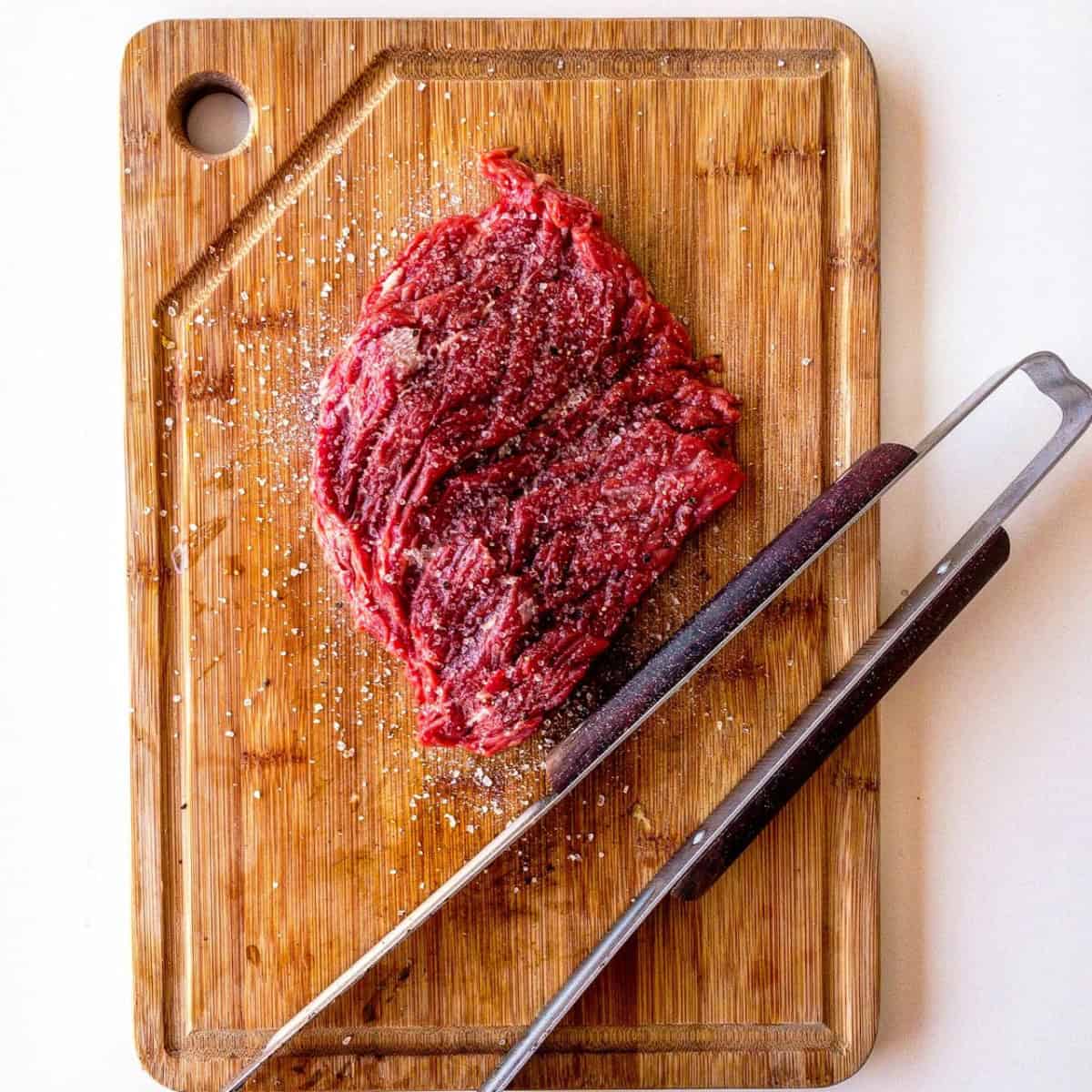Precision, accuracy, and efficiency are non-negotiable in analytical chemistry. Regarding elemental analysis, Inductively Coupled Plasma Optical Emission Spectrometry (ICP-OES) stands out as a powerful and versatile tool. However, selecting the right ICP OES instruments for your laboratory can be daunting, given the myriad of options and features available. This guide will help you navigate the complexities and make an informed decision tailored to your laboratory's requirements.
Understanding ICP-OES Technology
ICP-OES is a technique used to detect and quantify trace elements in various samples. It involves ionizing a sample using a high-temperature plasma and then analyzing the emitted light to determine the concentration of elements. This method is particularly valued for its speed, sensitivity, and capability to handle complex matrices.
Key Considerations When Choosing an ICP-OES Instrument
- Analytical Requirements
Begin by defining your laboratory's analytical needs:- Type of Samples: Are you analyzing metals, soils, water, or biological samples? Different matrices may require specific instrument capabilities.
- Detection Limits: Consider the sensitivity required. For trace element analysis, an instrument with lower detection limits is crucial.
- Number of Elements: ICP-OES instruments can measure multiple elements simultaneously. Ensure the instrument can analyze all the elements relevant to your work.
- Throughput and Speed
Throughput becomes a critical factor if your laboratory processes a high volume of samples. Some ICP-OES systems offer rapid analysis with minimal downtime, enabling you to handle more samples efficiently. - Instrument Sensitivity and Resolution
Sensitivity and resolution are vital for detecting low concentrations of elements and resolving spectral interferences. Look for instruments with advanced optical systems that offer high resolution, especially if your samples have overlapping spectral lines. - Ease of Use and Automation
Modern ICP-OES instruments often come with user-friendly interfaces and automation capabilities:- Software: Intuitive software can streamline the setup, analysis, and data interpretation processes.
- Automation Features: Automated sample introduction and calibration can save time and reduce human error.
- Maintenance and Durability
Routine maintenance is essential for the longevity of any analytical instrument. Choose a system that is easy to maintain, with readily available spare parts and robust customer support. - Budget and Cost of Ownership
While the initial purchase price is a significant consideration, don’t overlook the total cost of ownership. This includes:- Operational Costs: Argon consumption, power usage, and consumables.
- Maintenance Costs: Routine servicing and potential repairs.
- Longevity: A slightly more expensive but durable instrument might offer better value over time.
Types of ICP-OES Instruments
ICP-OES instruments come in two main configurations:
- Radial View
- The plasma is observed from the side (radial orientation) in this configuration.
- Advantages: Better suited for samples with high concentrations of dissolved solids, offering longer torch life.
- Limitations: Generally lower sensitivity for trace elements compared to axial view.
- Axial View
- Here, the plasma is viewed along its length (axial orientation).
- Advantages: Offers higher sensitivity and lower detection limits, making it ideal for trace element analysis.
- Limitations: Can suffer from matrix effects, which may require more frequent maintenance or adjustments.
- Dual View
- Some instruments offer dual-view configurations, allowing you to switch between radial and axial views depending on the sample requirements.
- Advantages: Provides flexibility and the ability to optimize for both sensitivity and robustness.
Advanced Features to Look For
- Dynamic Range Extension
Certain ICP-OES systems can handle a wider range of element concentrations without requiring manual sample dilution. This capability enhances productivity and reduces the risk of errors. - Simultaneous Detection
Instruments with simultaneous detection systems measure all wavelengths at once, allowing for faster data acquisition and shorter analysis times. - Integrated Quality Control
Quality control software ensures data accuracy by automatically monitoring calibration standards, blank readings, and sample consistency. - Environmental and Safety Features
Modern instruments are designed to protect the user and the environment with energy-efficient components and safety features, such as argon flow monitoring and plasma shut-off mechanisms.
Evaluating Potential Suppliers
Choosing the right supplier is as crucial as selecting the right instrument. Consider the following:
- Reputation and Experience: Opt for a manufacturer with a proven track record in ICP-OES technology.
- Customer Support: Ensure the supplier offers robust customer service, including installation, training, and troubleshooting.
- Warranty and Service Agreements: Review the warranty terms and consider service agreements that cover regular maintenance and technical support.
Future-Proofing Your Investment
As your laboratory grows, so will your analytical needs. Investing in a versatile and scalable ICP-OES instrument ensures that your equipment remains relevant. Some instruments offer modular upgrades, such as advanced detectors or software enhancements, to keep pace with technological advancements and changing regulatory requirements.
Conclusion
Choosing the right ICP-OES instrument involves carefully assessing your laboratory’s analytical needs, sample types, and budget. By considering factors such as sensitivity, throughput, ease of use, and total cost of ownership, you can select an instrument that will provide accurate, reliable results and enhance your laboratory’s efficiency. Partnering with a reputable supplier further ensures you receive ongoing support and service, maximizing the value of your investment.





Leave a Reply